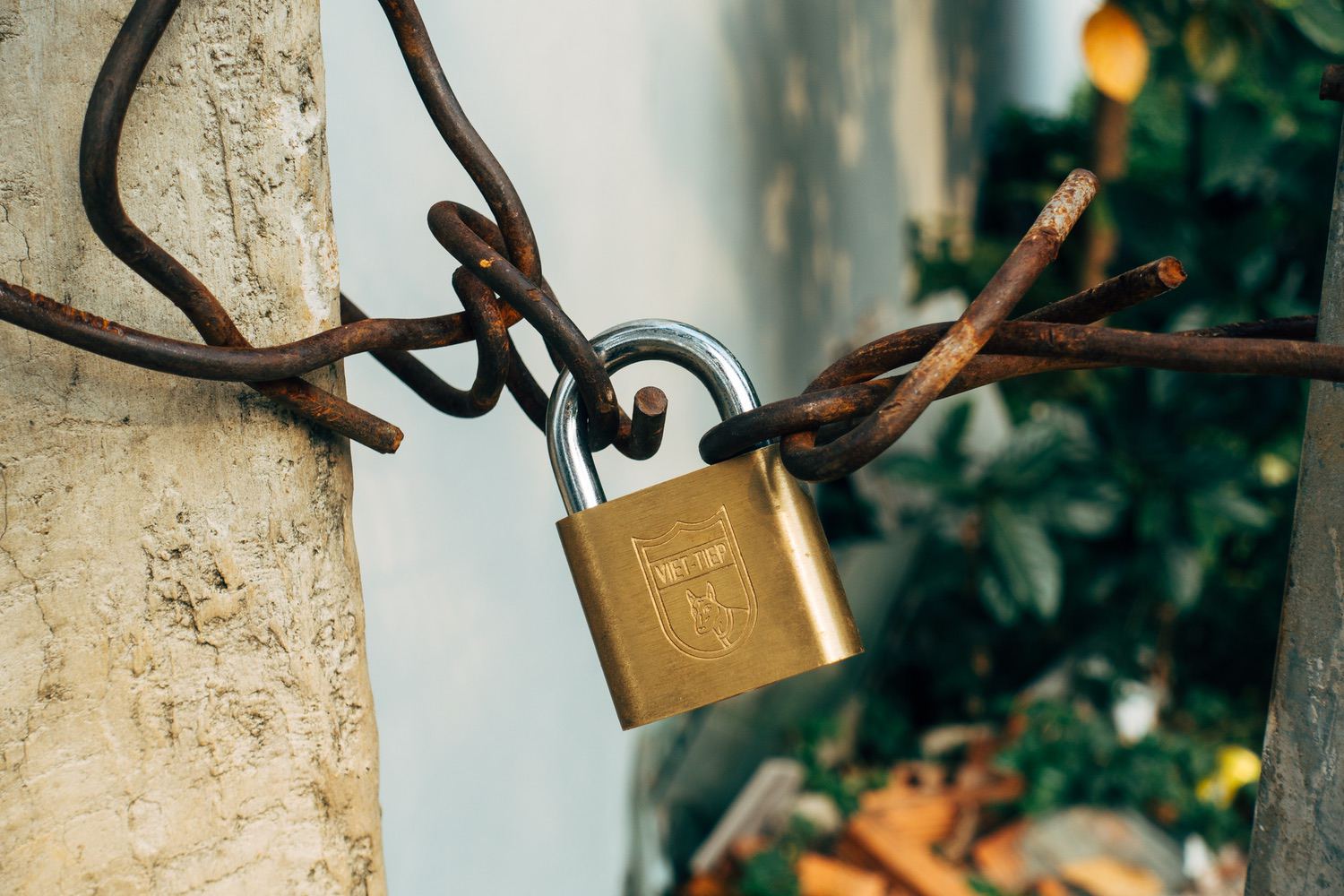In the quest for a world where safety is a given and respect is universal, we are confronted with the stark reality that violence against women and children persists. Yet, amidst these challenges, there are beacons of hope. One such beacon is Republic Act No. 9262, the “Anti-Violence Against Women and Their Children Act of 2004.” This landmark legislation provides a suite of legal remedies for victim-survivors, with the Protection Orders standing as a formidable shield.
Understanding Protection Orders
Protection Orders are a critical component of Republic Act No. 9262, also known as the “Anti-Violence Against Women and Their Children Act of 2004.” These orders are designed to prevent further acts of violence against a woman or her child by creating a legal barrier between the victim-survivor and the perpetrator. The primary purpose of a Protection Order is to safeguard the victim-survivor from further harm, minimize any disruption in their daily lives, and facilitate the opportunity and ability of the victim-survivor to independently regain control over her life. The protection orders that may be issued shall include any, some, or all of the following reliefs:
- (a) Prohibition of the respondent from threatening to commit or committing, personally or through another, any of the acts mentioned in the Act;
- (b) Prohibition of the respondent from harassing, annoying, telephoning, contacting or otherwise communicating with the petitioner, directly or indirectly;
- (c) Removal and exclusion of the respondent from the residence of the petitioner, regardless of ownership of the residence, either temporarily for the purpose of protecting the petitioner, or permanently where no property rights are violated, and if respondent must remove personal effects from the residence, the court shall direct a law enforcement agent to accompany the respondent has gathered his things and escort respondent from the residence;
- (d) Directing the respondent to stay away from petitioner and designated family or household member at a distance specified by the court, and to stay away from the residence, school, place of employment, or any specified place frequented by the petitioner and any designated family or household member;
- (e) Directing lawful possession and use by petitioner of an automobile and other essential personal effects, regardless of ownership, and directing the appropriate law enforcement officer to accompany the petitioner to the residence of the parties to ensure that the petitioner is safely restored to the possession of the automobile and other essential personal effects, or to supervise the petitioner’s or respondent’s removal of personal belongings;
- (f) Granting a temporary or permanent custody of a child/children to the petitioner;
- (g) Directing the respondent to provide support to the woman and/or her child if entitled to legal support. Notwithstanding other laws to the contrary, the court shall order an appropriate percentage of the income or salary of the respondent to be withheld regularly by the respondent’s employer for the same to be automatically remitted directly to the woman. Failure to remit and/or withhold or any delay in the remittance of support to the woman and/or her child without justifiable cause shall render the respondent or his employer liable for indirect contempt of court;
- (h) Prohibition of the respondent from any use or possession of any firearm or deadly weapon and order him to surrender the same to the court for appropriate disposition by the court, including revocation of license and disqualification to apply for any license to use or possess a firearm. If the offender is a law enforcement agent, the court shall order the offender to surrender his firearm and shall direct the appropriate authority to investigate on the offender and take appropriate action on matter;
- (i) Restitution for actual damages caused by the violence inflicted, including, but not limited to, property damage, medical expenses, childcare expenses and loss of income;
- (j) Directing the DSWD or any appropriate agency to provide petitioner may need; and(k) Provision of such other forms of relief as the court deems necessary to protect and provide for the safety of the petitioner and any designated family or household member, provided petitioner and any designated family or household member consents to such relief.1

The Power of Protection Orders
Protection Orders serve as a shield for victim-survivors. They are a powerful tool that can be used to enforce the law and ensure the safety of the victim-survivor. The issuance of a Protection Order can significantly impact the dynamics of a violent situation, providing immediate relief to the victim-survivor and sending a clear message to the perpetrator that their actions will not be tolerated.
Types of Protection Orders
Under R.A. 9262, there are several types of Protection Orders that can be issued, including the Barangay Protection Order (BPO), Temporary Protection Order (TPO), and Permanent Protection Order (PPO). Each of these orders serves a specific purpose and has its own set of conditions and durations.2
- Barangay Protection Orders (BPOs): These are issued by the Punong Barangay, ordering the perpetrator to desist from committing acts considered as violence against women and their children under R.A. 9262. A Punong Barangay who receives applications for a BPO shall issue the protection order to the applicant on the date of filing after ex parte determination of the basis of the application. the Punong Barangay is unavailable to act on the application for a BPO, the application shall be acted upon by any available Barangay Kagawad. If the BPO is issued by a Barangay Kagawad, the order must be accompanied by an attestation by the Barangay Kagawadthat the Punong Barangay was unavailable at the time of the issuance of the BPO. BPOs shall be effective for fifteen (15) days.3
- Temporary Protection Orders (TPOs): This refers to the protection order issued by the court on the date of filing of the application after ex parte determination that such order should be issued. A court may grant in a TPO any, some or all of the reliefs mentioned in this Act and shall be effective for thirty (30) days. The court shall schedule a hearing on the issuance of a PPO prior to or on the date of the expiration of the TPO. The court shall order the immediate personal service of the TPO on the respondent by the court sheriff who may obtain the assistance of law enforcement agents for the service. The TPO shall include notice of the date of the hearing on the merits of the issuance of a PPO.4
- Permanent Protection Orders (PPOs): This refers to orders issued by the court after notice and hearing, ordering the perpetrator to desist from causing harm to the victim. Respondent’s non-appearance despite proper notice, or his lack of a lawyer, or the non-availability of his lawyer shall not be a ground for rescheduling or postponing the hearing on the merits of the issuance of a PPO. If the respondent appears without counsel on the date of the hearing on the PPO, the court shall appoint a lawyer for the respondent and immediately proceed with the hearing. In case the respondent fails to appear despite proper notice, the court shall allow ex parte presentation of the evidence by the applicant and render judgment on the basis of the evidence presented. A PPO is effective until revoked by a court upon application of the person in whose favor the order was issued.5
Securing a Protection Order
The process of availing a Protection Order begins with the victim-survivor or their authorized representative filing an application with the appropriate court or barangay. The application must be in writing, signed, and verified under oath by the applicant. It may be filed as an independent action or as incidental relief in any civil or criminal case — the subject matter or issues thereof partakes of violence as described in R.A. 9262. It shall contain, among others, the following information:
- names and addresses of petitioner and respondent;
- description of relationships between petitioner and respondent;
- a statement of the circumstances of the abuse;
- description of the reliefs requested by petitioner;
- request for counsel and reasons for such;
- request for waiver of application fees until hearing; and
- an attestation that there is no pending application for a protection order in another court.6
The Impact of Protection Orders
Protection Orders can have a profound impact on the lives of victim-survivors. They can provide a sense of security and peace of mind, knowing that the law is on their side. They can also serve as a deterrent, discouraging the perpetrator from committing further acts of violence. Ultimately, Protection Orders can be a significant step towards healing and recovery for victim-survivors.
As we conclude our VAWC Series, we hope that we have shed light on the legal remedies available to victim-survivors of violence. Our firm is dedicated to advocating for the rights of women and children, and we stand ready to provide compassionate legal services to those in need. If you require assistance in availing any of these legal remedies, please do not hesitate to reach out to us. Together, we can seek justice and hold the perpetrators accountable.

Prepared by Jermile Salor.
FOOTNOTES
- Section 8 of Republic Act No. 9262 otherwise known as the Anti-Violence Against Women and Their Children Act of 2004.
- Id.
- Section 14 of Republic Act No. 9262 otherwise known as the Anti-Violence Against Women and Their Children Act of 2004.
- Section 15 of Republic Act No. 9262 otherwise known as the Anti-Violence Against Women and Their Children Act of 2004.
- Section 16 of Republic Act No. 9262 otherwise known as the Anti-Violence Against Women and Their Children Act of 2004.
- Section 11, Rule 5 of the Implementing Rules and Regulations of Republic Act No. 9262.
- Section 8, Rule 5 of the Implementing Rules and Regulations of Republic Act No. 9262.






